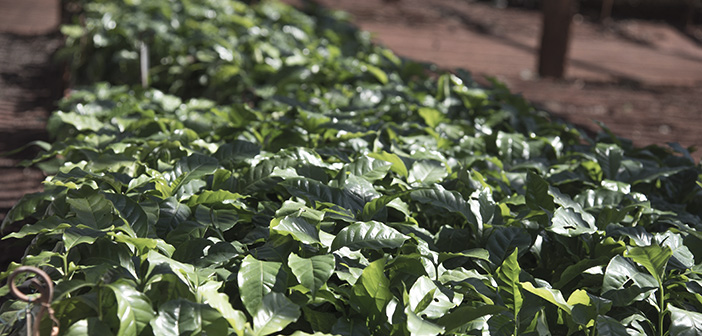The event takes place from June 20 to 23 in Amsterdam. Thiago’s main competitors will compete with specialty coffees Gueisha
The 2018 Brazilian barista champion, Thiago Sabino, after much research, decided to bet on the Red Obatã Cultivar, developed by the IAC (Agronomic Institute of Coffee) and planted on the California farm by Luiz Roberto Saldanha, to compete in the World Cup, to be held in Amsterdam from June 20 to 23.
The California farm, which produces the specialty coffee, is located in Jacarezinho, in the Northern Pioneer of Paraná. Sabino recalls that when he approached Saldanha to talk, the coffee grower said, “I’ll send you the best coffee I have here,” referring to Obatã. Saldanha developed a process of inoculation with champagne yeast, designed to increase the complexity of the beverage. The creation was named Honney Monn and took 10 years to complete.
According to the professor and retired researcher of the IAC, Luiz Carlos Fazuolli, the variety is already good intrinsically. “Its history begins in 1967, in Portugal, when the International Center of Coffee Rust was created in Oeiras, 20 kilometers from Lisbon. The Center was created so that Portugal could collect and take to its greenhouses the coffee produced by its colonies, Angola, Mozambique and East Timor, all coffee producers, and study a way to control the rust at the coffee plantations. The species came by chance, from the natural crossing of Villa Sarchi (100% Bourbon) with the Timor Hybrid. The research on the cultivar was finalized in 2000, after more than 20 years of field and laboratory work.
“In Tupi Guarani, Obatã means, strong leaf and its characteristics are low and highly productive, large and red fruits, medium late maturation, highly resistance to rust, and it is an excellent cultivar for irrigated crops,” explains the researcher.

Obatã Nursery in IAC: here the research begins
Obatã has a great sensory complexity, although it is not planted at high altitudes. At the California farm, for example, the coffee plantation is 700 meters above sea level. “In this case, the altitude is not the main one, but the thermal amplitude in the period of maturation”, explains the agricultural engineer and owner of the California farm, Luiz Saldanha, who for 14 years has been working to increase the quality of Obatã.
Obatã has a late maturation, requiring two more months to be harvested, compared to other cultivars.
Obatã has also been planted on several farms in Costa Rica, working in partnership with the Institute. And the results have been encouraging. “Obatã did not come to replace any of the other species. It just came to add up,” explains the researcher.
IAC works on a new cultivar: Gueisha with Catuaí
The IAC is working on a new cultivar, which is the selection of Gueisha with Catuaí. “We cannot give more details, since the work has not yet been finalized nor registered. At that moment, the new cultivar is multiplying in Mococa. We believe that in a couple of years we will have news,” says the researcher.
Fotos e vídeos: Clodoir de Oliveira



